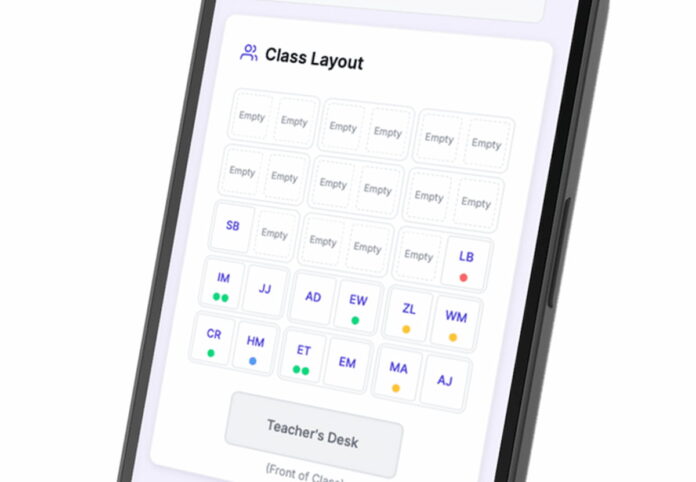Home Blog
All About Academic Consultants: What Do They Do?
Education is changing fast. Whether it's new curriculum standards, shifting student needs, or the ever-growing role of technology, schools today face a lot of pressure to keep up. That’s where academic consultants come in.These professionals work behind the scenes to help schools, educators, and even families make smart, informed decisions. If you’ve ever wondered what an academic consultant does—or...
A New Approach To Classroom Management (That Actually Works)
Most classroom management advice reads like it was written by someone who has never actually spent a day trapped in a room with twenty-five energetic children. You know the advice I'm talking about: the tidy checklists, the neat acronyms, the endless strategies that promise instant silence and perfect harmony—and somehow never deliver. Classroom management isn't a magic trick. It's...
Flight Cancellation Compensation: A Guide For Educators Attending Conventions
IntroductionFor educators, attending conventions is an essential part of professional growth, networking, and staying updated on the latest trends in education. Conferences such as TESOL, NCTE, and IATEFL provide invaluable opportunities for learning and engagement. However, travel disruptions, particularly flight cancellations, can pose significant challenges, leading to missed sessions, financial losses, and added stress. Understanding your rights regarding flight...
10 Creative Ways To Improve Electrical Safety In Your Classroom
You're focused on creating a secure learning environment, but have you considered all the electrical hazards lurking in your classroom? This post jumps right to the solutions you need, helping you protect students and equipment.By examining overlooked risks, you'll discover new ways to update old wiring, check power cords for damage, and reduce overloads. Simple changes lower unexpected malfunctions...
Enhancing Classroom Management With ClassMap.io
In the evolving landscape of education, technology plays a pivotal role in enhancing teaching methodologies and classroom management. One such innovative tool is ClassMap.io, an application designed to provide teachers with real-time metrics to optimize classroom management and student seating arrangements. By leveraging data-driven insights, https://classmap.io empowers educators to create engaging and efficient learning environments.Understanding ClassMap.ioClassMap.io is an educational...
Benefits Of Hiring Online Quran Hifz Teacher
We are living in a digital era. You don’t need to take any risk of sending your child to any Qari, as everything can be done digitally now. You can hire a Quran teacher for your child online without compromising his Islamic and spiritual learning experience. There are many benefits of hiring an online Quran Hifz teacher, including the...
Leveraging Mobile Applications To Improve Student Engagement In Higher Education
IntroductionMobile applications have transformed the landscape of higher education by providing students with flexible, interactive, and personalized learning opportunities. In today’s digital age, nearly every student carries a smartphone or tablet, which makes mobile learning an accessible and powerful tool for enhancing engagement. This article explores the impact of mobile applications on student engagement in higher education, examining research...
Practical Examples At The University On How To Make Learning More Effective
Case studies are an important part of the process at universities. They allow students to develop analytical and deep skills, and learn to apply methods in practice. However, case studies often require structured and effective information management. The Conoted app can help you optimize this process. Let's look at how you can use Conoted for case studies during your...
How UMock’s Mock Reviews Replicate Real-World Exam Challenges
Preparing for exams can be daunting, especially when students lack a structured approach to evaluating their readiness. This is where UMock's mock reviews come into play. By closely simulating real-world exam conditions, UMock provides a robust platform for students to gauge their preparedness, identify weaknesses, and refine their test-taking strategies. In this blog, we will explore how UMock’s mock...
How To Use Sound Buttons To Help Students Master Difficult Pronunciation Patterns?
Mastering pronunciation can be hard for students learning English, especially when certain sounds don’t exist in their native language. Teachers often use various tools and techniques to simplify these difficult pronunciation patterns. One effective method is using “sound buttons.” Sound buttons provide a hands-on way for students to practice sounds, enabling them to break down words into individual sounds,...









